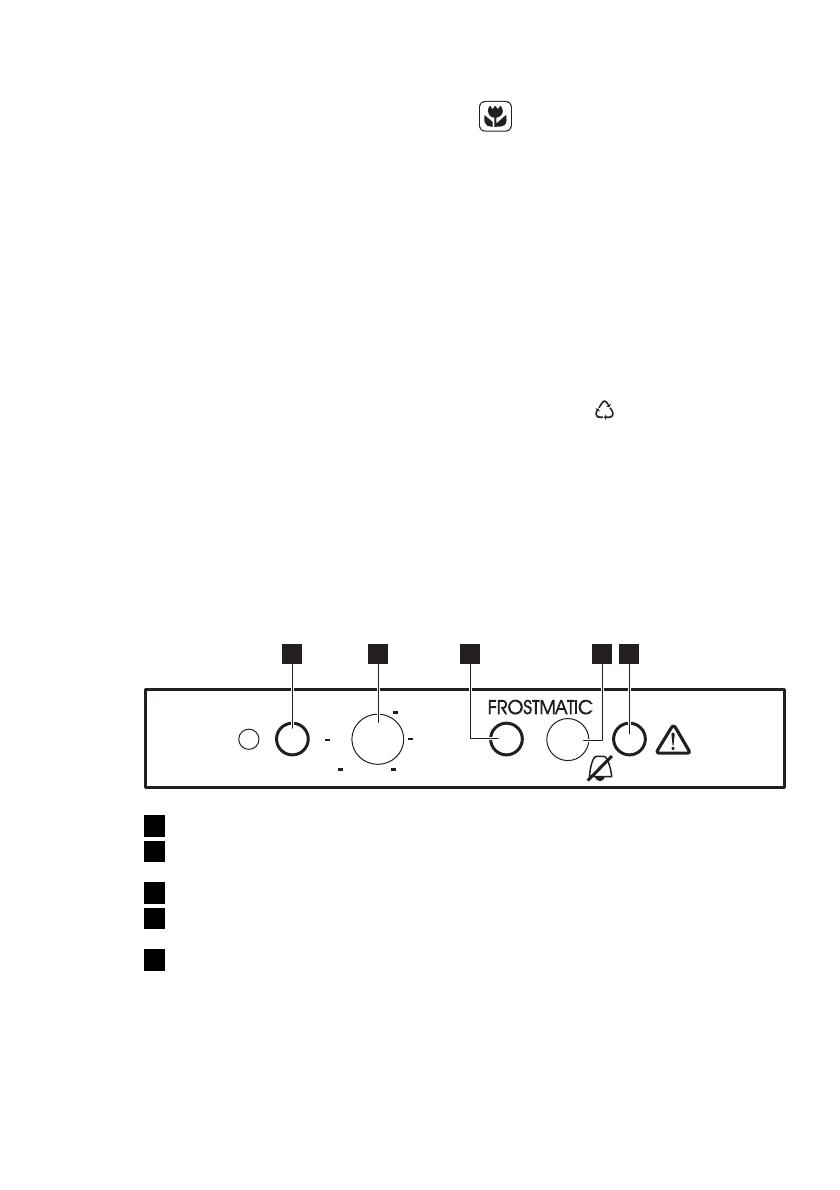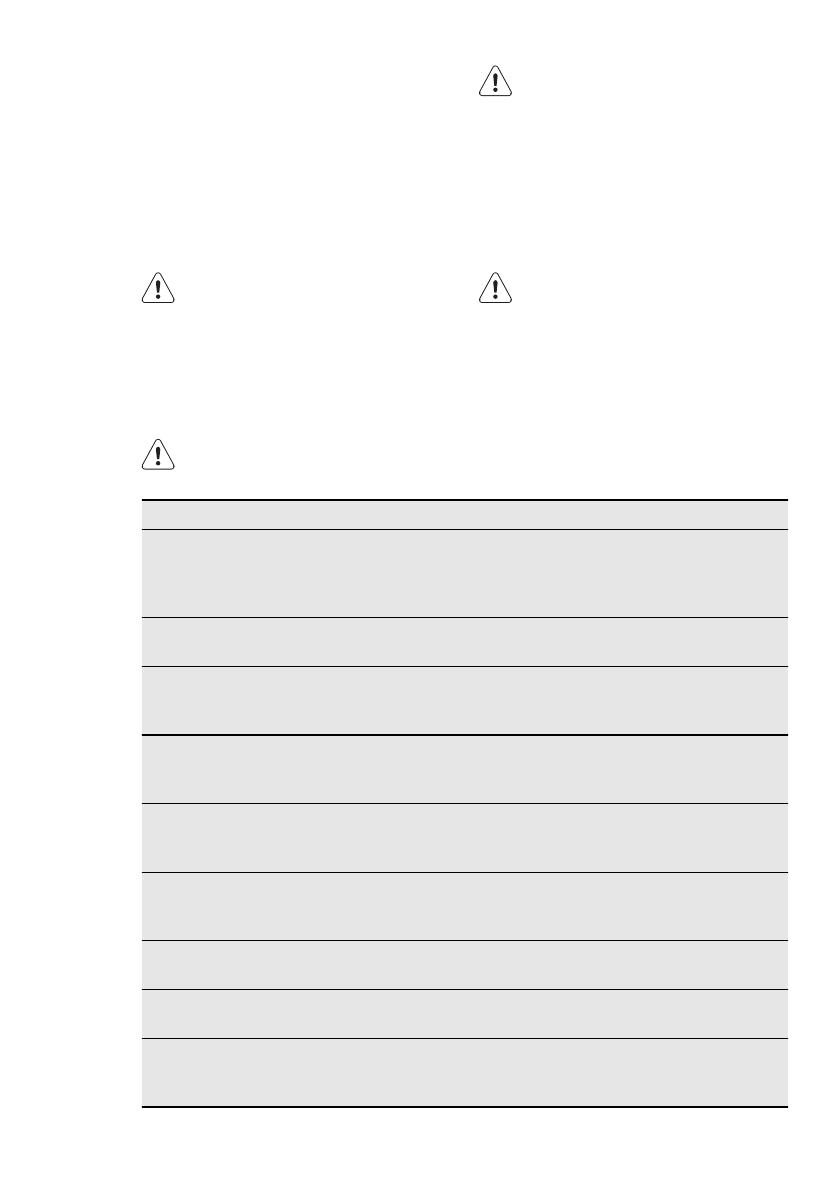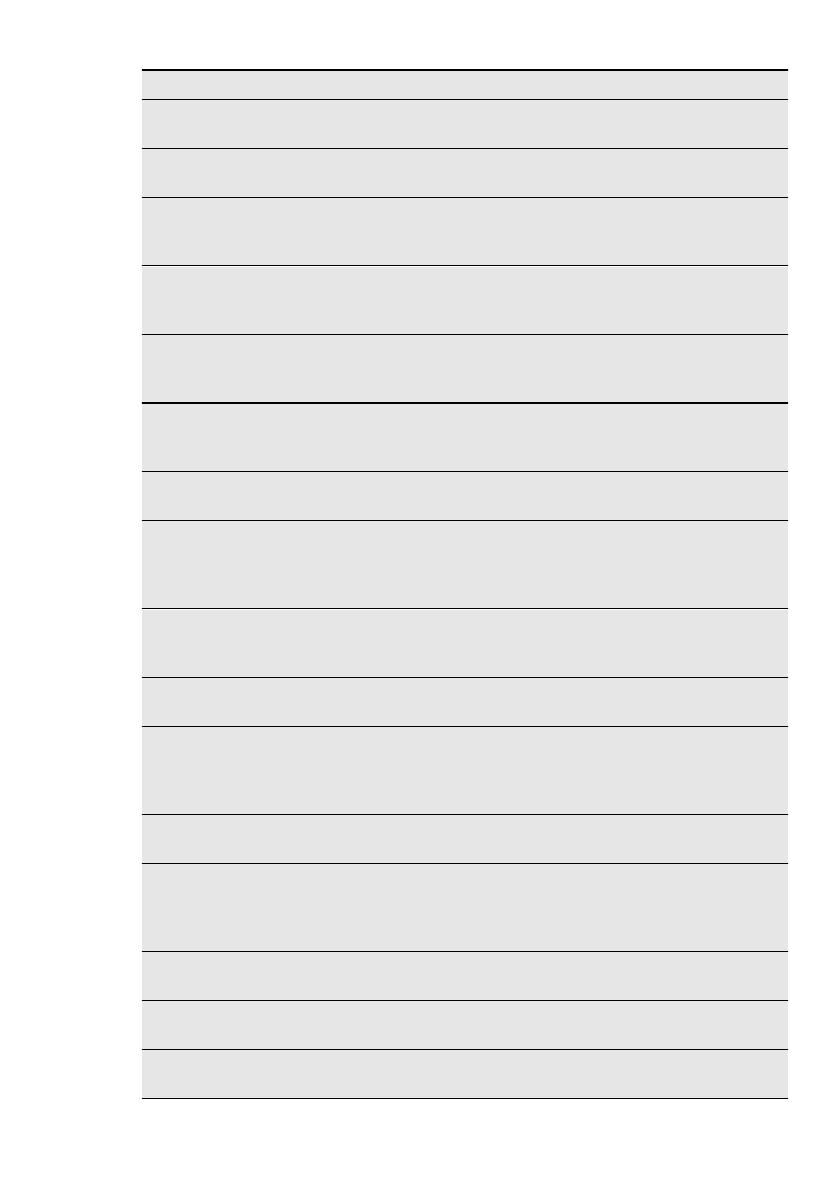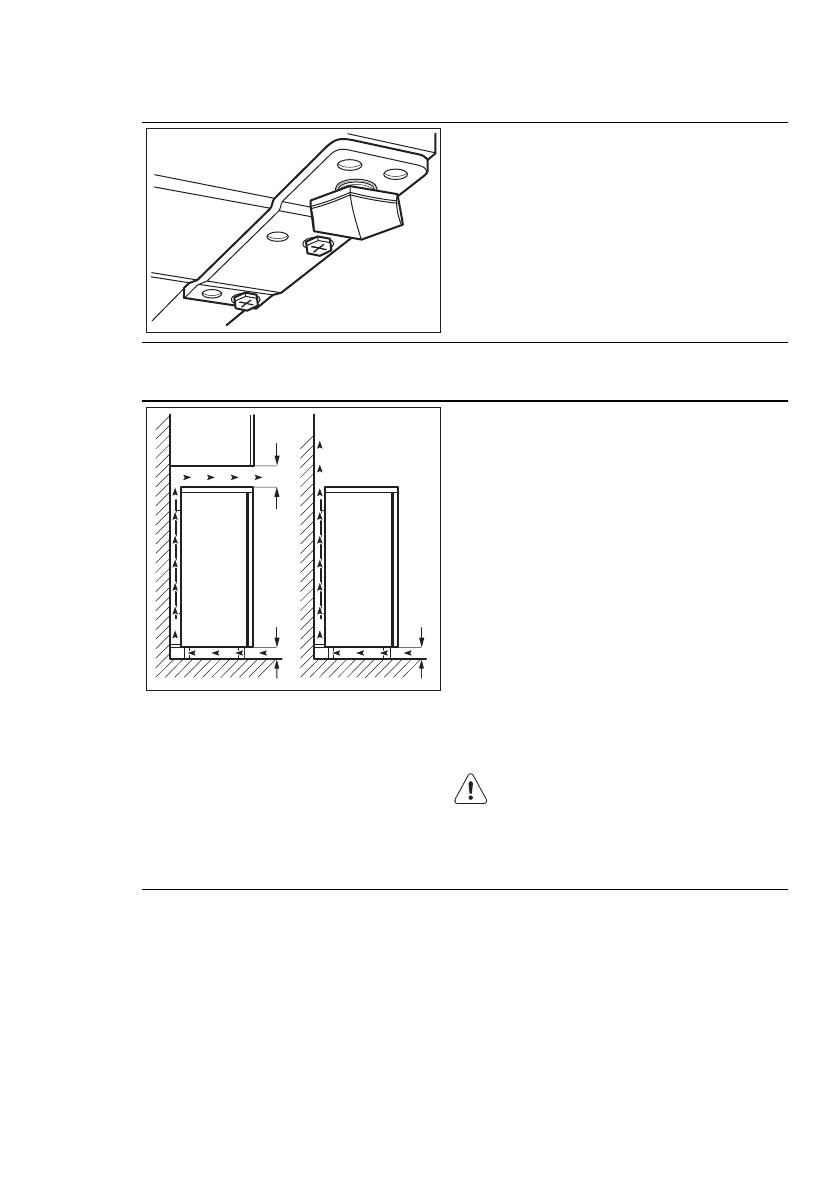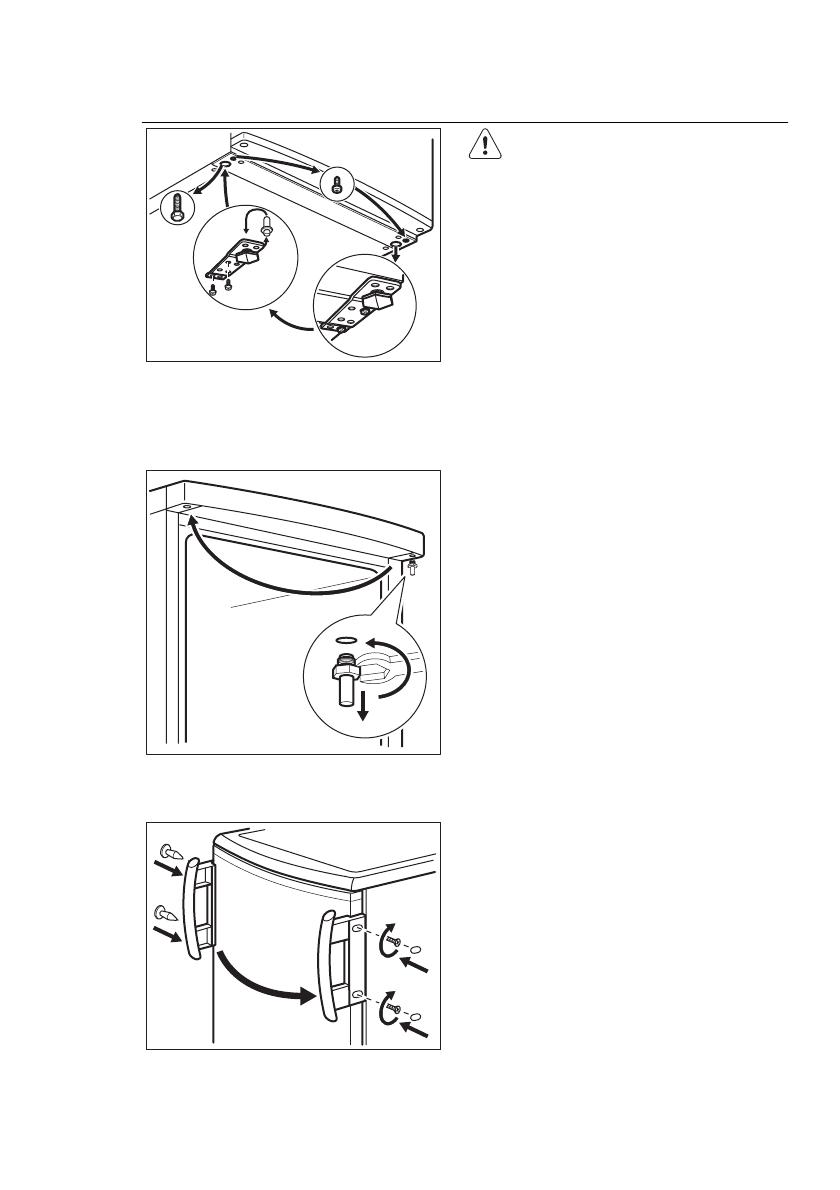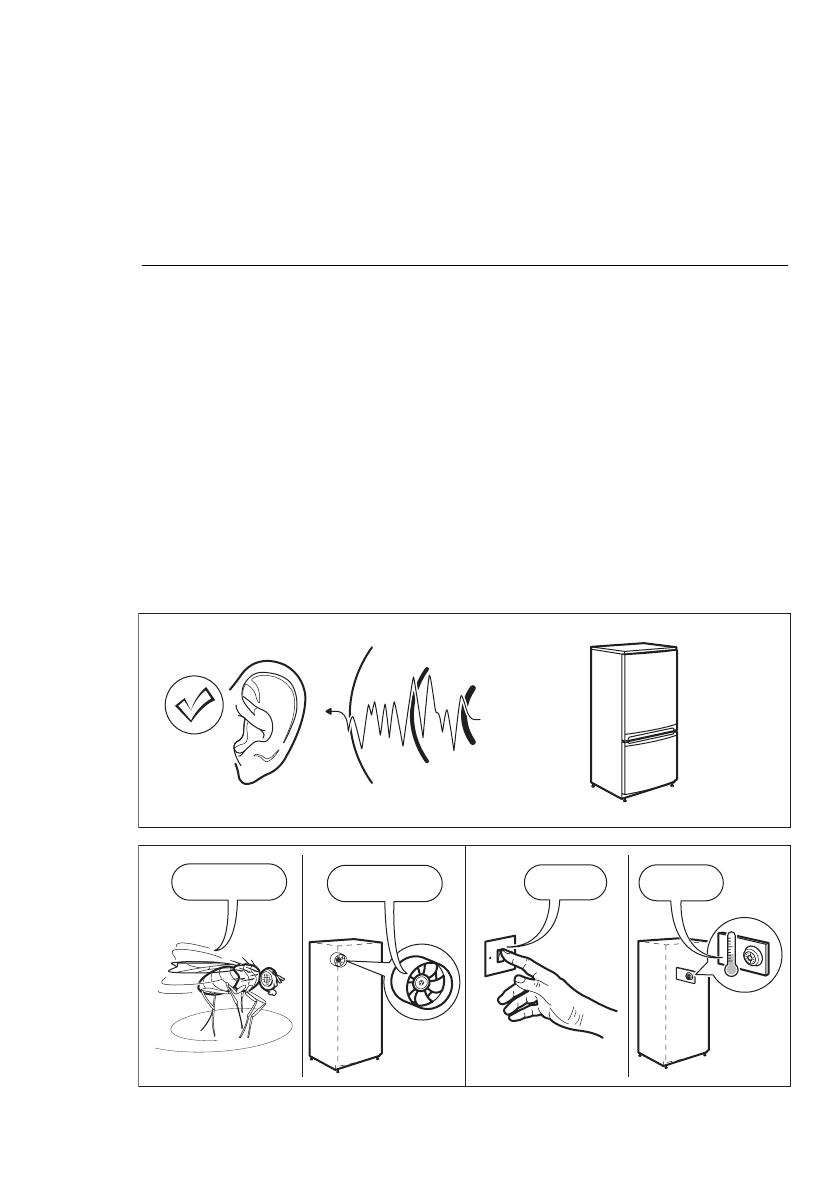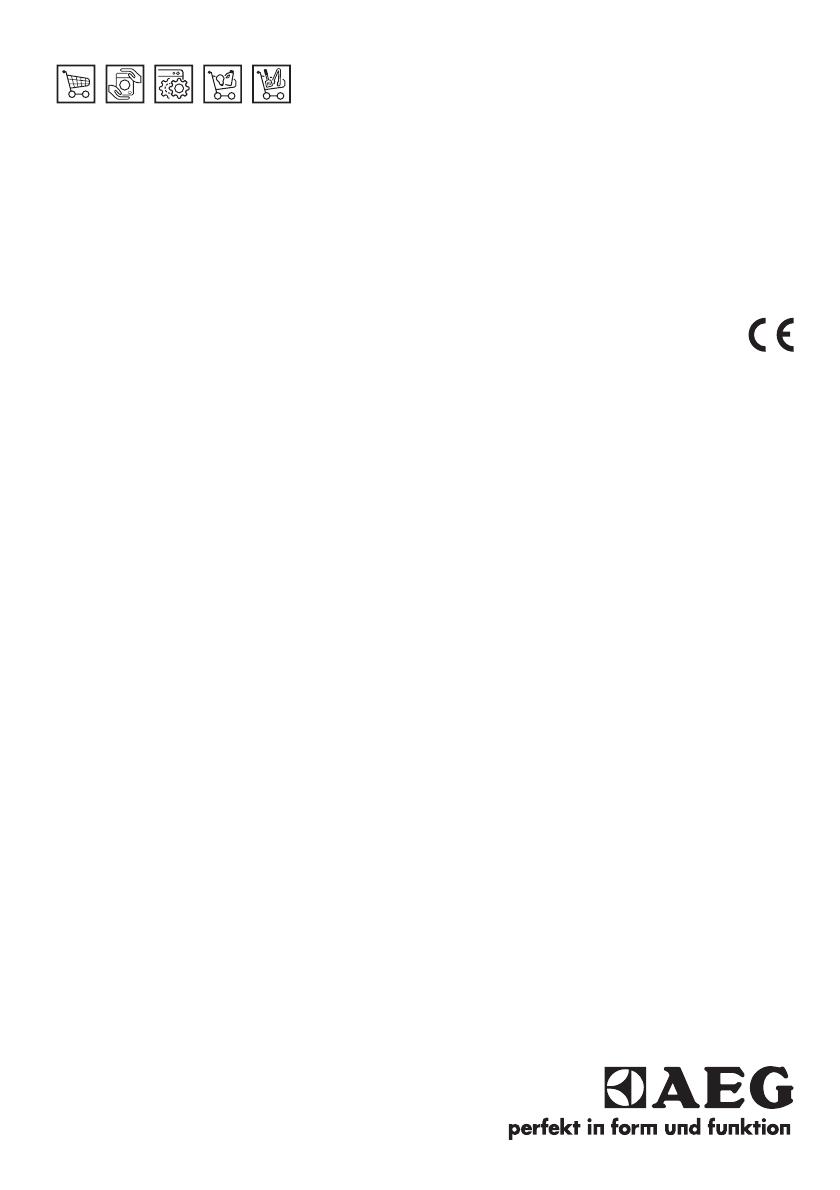
1.
SAFETY INSTRUCTIONS
In the interest of your safety and to en-
sure the correct use, before installing
and first using the appliance, read this
user manual carefully, including its hints
and warnings. To avoid unnecessary mis-
takes and accidents, it is important to
ensure that all people using the appli-
ance are thoroughly familiar with its op-
eration and safety features. Save these
instructions and make sure that they re-
main with the appliance if it is moved or
sold, so that everyone using it through
its life will be properly informed on ap-
pliance use and safety.
For the safety of life and property keep
the precautions of these user's instruc-
tions as the manufacturer is not respon-
sible for damages caused by omission.
1.1 Children and vulnerable
people safety
• This appliance is not intended for use
by persons (including children) with re-
duced physical, sensory or mental ca-
pabilities, or lack of experience and
knowledge, unless they have been giv-
en supervision or instruction concern-
ing use of the appliance by a person
responsible for their safety.
Children should be supervised to en-
sure that they do not play with the ap-
pliance.
• Keep all packaging well away from
children. There is risk of suffocation.
• If you are discarding the appliance
pull the plug out of the socket, cut the
connection cable (as close to the ap-
pliance as you can) and remove the
door to prevent playing children to
suffer electric shock or to close them-
selves into it.
• If this appliance featuring magnetic
door seals is to replace an older appli-
ance having a spring lock (latch) on
the door or lid, be sure to make that
spring lock unusable before you dis-
card the old appliance. This will pre-
vent it from becoming a death trap for
a child.
1.2 General safety
WARNING!
Keep ventilation openings, in the appli-
ance enclosure or in the built-in struc-
ture, clear of obstruction.
• The appliance is intended for keeping
foodstuff and/or beverages in a nor-
mal household and similar applica-
tions such as:
– staff kitchen areas in shops, offices
and other working environments;
– farm houses and by clients in hotels,
motels and other residential type
environments;
– bed and breakfast type environ-
ments;
– catering and similar non-retail appli-
cations.
• Do not use a mechanical device or any
artificial means to speed up the thaw-
ing process.
• Do not use other electrical appliances
(such as ice cream makers) inside of
refrigerating appliances, unless they
are approved for this purpose by the
manufacturer.
• Do not damage the refrigerant circuit.
• The refrigerant isobutane (R600a) is
contained within the refrigerant circuit
of the appliance, a natural gas with a
high level of environmental compati-
bility, which is nevertheless flammable.
During transportation and installation
of the appliance, be certain that none
of the components of the refrigerant
circuit become damaged.
If the refrigerant circuit should be-
come damaged:
– avoid open flames and sources of
ignition
– thoroughly ventilate the room in
which the appliance is situated
• It is dangerous to alter the specifica-
tions or modify this product in any
way. Any damage to the cord may
cause a short-circuit, fire and/or elec-
tric shock.
ENGLISH 19




